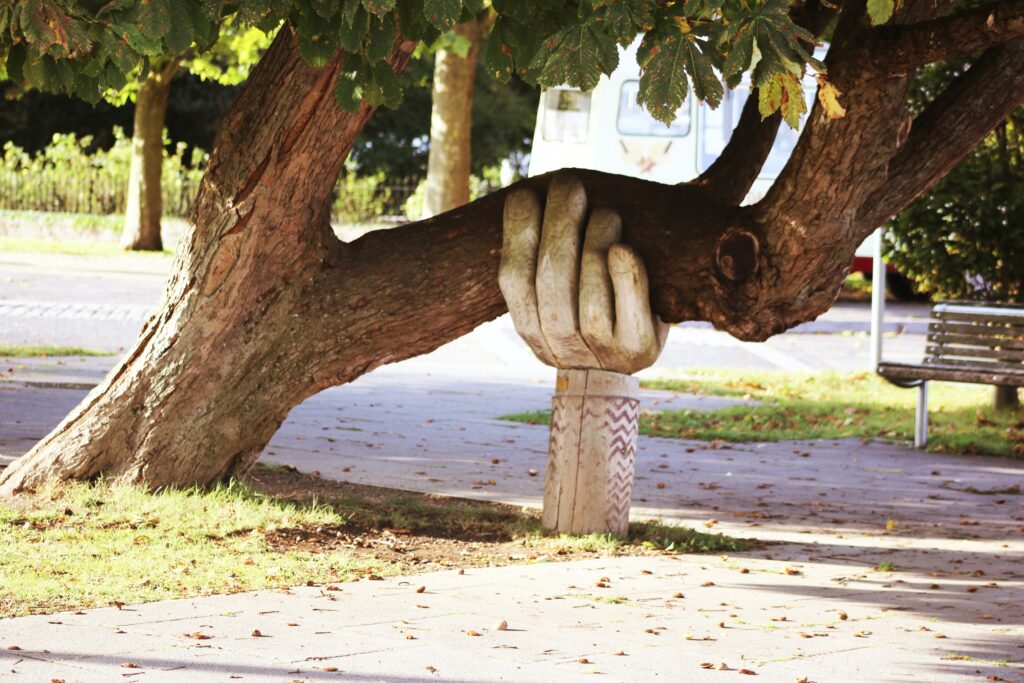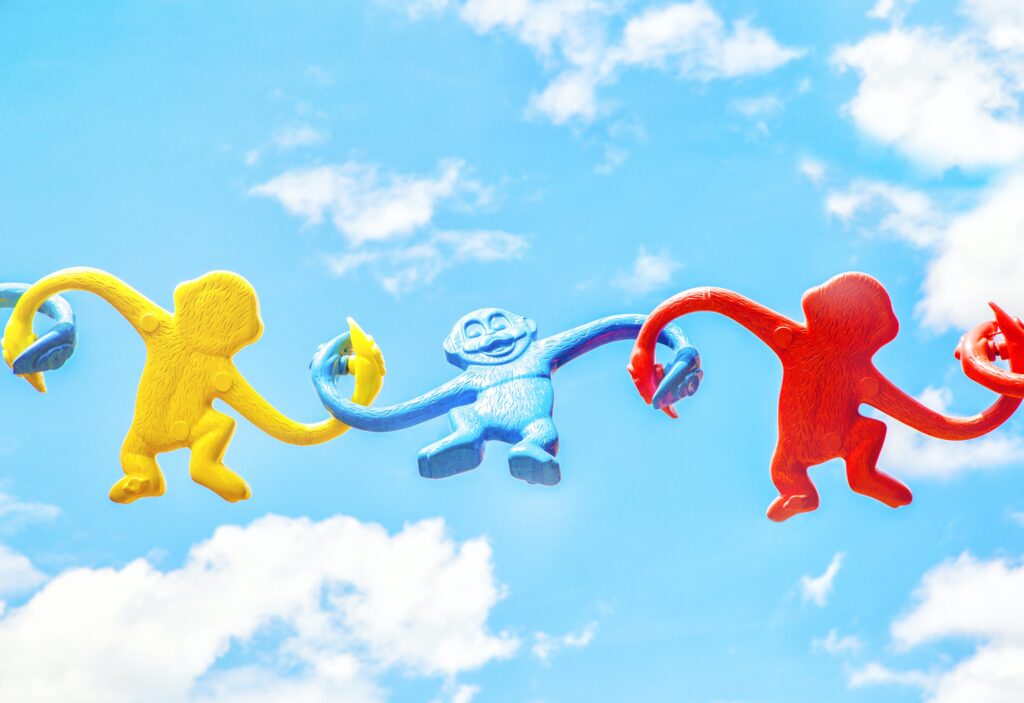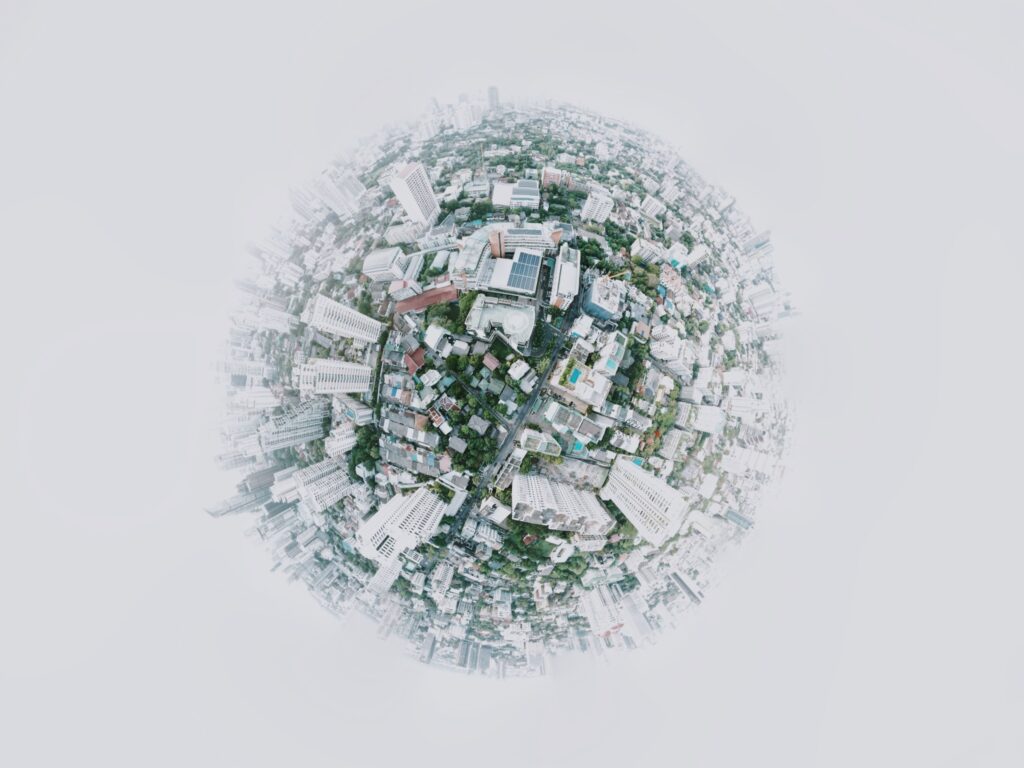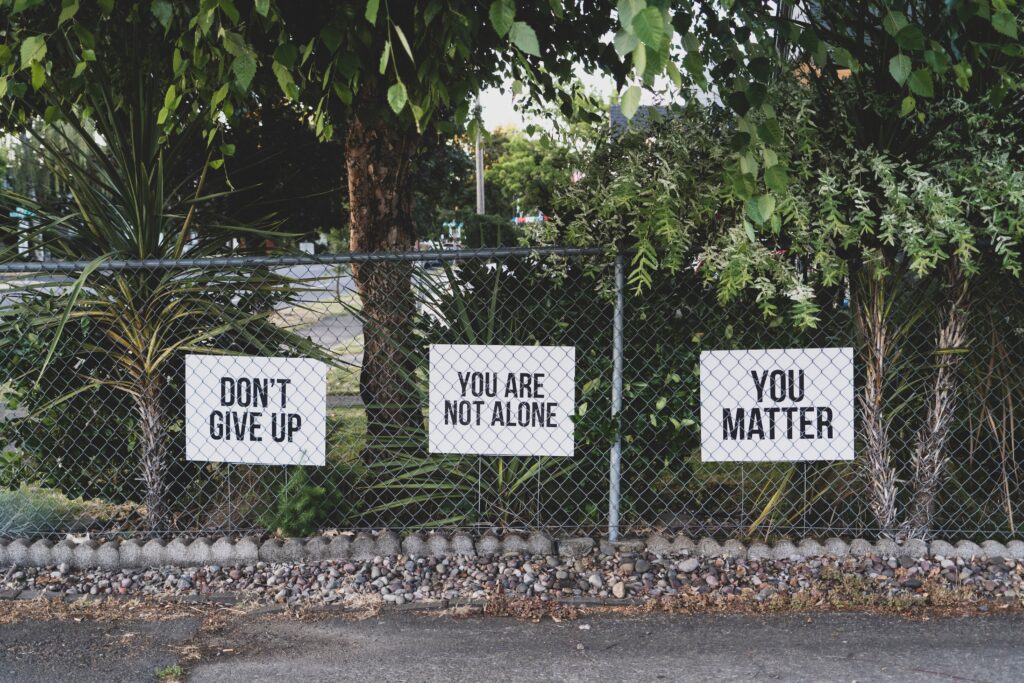SELF-CARE DOES NOT HAVE TO BE SELFISH

A wise woman once said, “What drains your spirit, drains your body, and what fuels your spirit, fuels your body.” As a result, many people from across the world have resorted to using the word “self-care” as an empowerment totem, and rightfully so.
When I think of self-care, I imagine putting myself in a position where I can look after myself, in all ways- mind, body, and spirit. After all, we cannot just look to superficial ways to care for the self. And by superficial ways, you know what I mean (the bath bombs, expensive hair care products, manicures and pedicures, etc.). While these things can and often do support us in caring for the self, there is a much less superficial and inexpensive way to go about doing this. There’s a beautiful Buddhist proverb that says, “Tend the area of the garden that you can reach.” Imagine if we took responsibility to tend to our own garden, our block, a floor in our building, or even our department at work, and we made sure that everyone had enough, it would transform the world.

Thanks to the rapidly growing world of social media, the term “self-care” has widely spread across people and communities. In essence, self-care and community care are intertwined. The truth is, most people have not yet come to feel this way. It’s easy to traverse through the days, barely conscious of our transactions, both large and small. With the wave of our phones, we can now pay for coffee, order a week’s groceries by plugging our details into an app, or ask Siri to perform a duty through voice command.
Nowadays, however, it’s become a beautiful thing to witness how people can easily donate funds and sprinkle supportive emojis across social media when it pertains to natural disasters and environmental concerns. We are now in the age of insta-generosity, insta-consumption, insta-everything. This is not generally a bad thing! After all, you probably located this blog post through my Instagram. The problem is that in many of these cases, we are scarily disconnected from the people on the other end of our screens. This has never been more obvious than now as we learn to embrace remote work and live most of our lives remotely.
As a mindful practice teacher and instructor, this disconnect is one that I am starting to bring out into the open for conversation and awareness. To be able to truly practice self-care, we require more quality conversations and real interactions. Making a personal, and authentic connection with someone whether online or in real life benefits both parties. When we do this, we rise to the occasion of making sure that there is an exchange of sorts, a radical outlook on life that ensures quality interaction between the giver and receiver. My father always says “No man is an island”. In other words, no one should be left to exist in isolation. Isolation and solitude are completely different terms as it relates to being alone. As an introverted person, I know that some interactions can be especially draining when we are not up for it. But, and this is a huge BUT, every human being on this planet needs human interaction just as much as anything else. The problem is how we go about it. We need to be able to step outside of our comfort zones and show up for each other as much as we can, however, we can. I recall a time when I reposed from the world, and stayed indoors purposely to work on myself and experience a greater sense of peace. After some time, however, those feelings of wanting to stay indoors and not meet people began to dwindle and take their toll on me. My yearning for interactions started to rise. I was eager to connect with like-minded people I needed to feel like I was a part of something bigger than myself. Though shy and introverted, I began to realize that social media was, and still is, a great tool to use when experiencing feelings of social anxiety. A year and a half later, I built an Instagram following of 35,000 people and I was able to spark person-to-person interactions through this medium.

As an online business owner, I get to work with clients from around the world. I find it inspiring and I’m constantly riddled with awe of just how interconnected we are as a human species. However, I’ve also come to realize that this isn’t just about having a business or working with clients. There is a joy that comes from making someone feel seen and letting them know that they are not alone, in their struggles or their life circumstances. My clients often relate how just one phone call or interaction with me makes them feel seen and heard. These very personal interactions do not happen and cannot occur without vulnerability, both from myself and those who need my services.
Vulnerability is what allows us to open ourselves to another’s life and struggle. Brene Brown, best-selling author of The Power of Vulnerability says, “Connection is why we’re here; it is what gives purpose and meaning to our lives”. Clearly, there’s a yearning for this kind of connection. And if the pandemic didn’t teach us anything, it taught me that we need each other for the world to function as a whole.Thousands of people across the world volunteered their services to help provide everything from diapers for single mothers to rent money. Self-care and community care are not distinctly separate from each other. They are entwined. When I was neck deep in my inner healing journey, I learned that in order to function as a whole being, I needed to express parts of myself in service to others. This is what I did for several months during the pandemic, designing quotes and words of encouragement and affirmations, and posting them on a page I created, called ‘YourAffirmationsDaily’. As I continued to do this daily, I noticed myself gradually healing from within as it gave me a reason and a purpose for being. My successful inner healing journey led me towards embracing a higher purpose through collective healing. It was a lesson I discovered while uncovering my childhood traumas, and healing underlying health conditions that people like myself had been struggling too.
It was during several Q&A sessions with the followers that I realized that many of them, like myself had hit a wall and failed to admit to anyone that they were struggling. These followers, or my online community as I like to call it, became a mutual aid group, meeting once a week, to share our goals, accomplishments, fears, and to-do lists, but most importantly, our self-care plans. We supported each other, offering kind words, and notes of advice, keeping each other accountable for the kind of self-care that fosters resilience — reframing difficult experiences, and remembering that stressful events usually provide opportunities to learn and grow.
It was as though when someone raised their hand and shared a thought, somebody else followed, and it became a trickling effect that rippled across our community, opening a door for everyone else to chime in.

We often hear about these types of situations in times of national health emergencies or disasters. It is at this time that everyone steps up. But we need to normalize community care in spite of disasters. Social media will most likely not show you what might be happening on your street. You will not know whether your neighbor is struggling with mental illness or if they just lost their job and are ashamed to speak about it. We don’t talk about things like this, because most people think it is every man for himself. But this is wrong in itself, and we should be able to create forums for these types of conversations to happen. When I created my online brand, my original goal was not to amount to a certain number of followers or acquire notoriety. My original goal was just to make sure that the people in my community had enough inspiration, motivation, and encouragement to make it through the pandemic. I was given the opportunity to show up.
What about if you feel depleted? Shouldn’t you be focusing on your own well-being and that of your immediate family? Well, tend to your own garden, first. Then, remember this: we cannot survive without each other. Consider the thousands of hands that touched the eggs or the tomato in your fridge, or those who tended the earth planted the seeds, or packed the boxes. Now, think about all the people who inspired and cared for those people. It’s a beautiful meditative exercise to pause and think about. As you reflect on this during your day, visualize the bonds that connect us to the world and to each other. It’s humbling, isn’t it? At the very least, it becomes a victorious outlook for us when we choose to view our lives with love and awe instead of anger.
Did you enjoy this blog post? Leave a comment below!
**Erica weaves themes of transformative hope and grace-filled leadership into everything she shares on her blog. She’s an author, a speaker, and a life coach, who offers honest encouragement and road-tested wisdom about topics ranging from leadership and lifestyle, to discovering your God-crafted identity, design, and purpose.
This post is sponsored by: https://hype.co/@ericakenechi